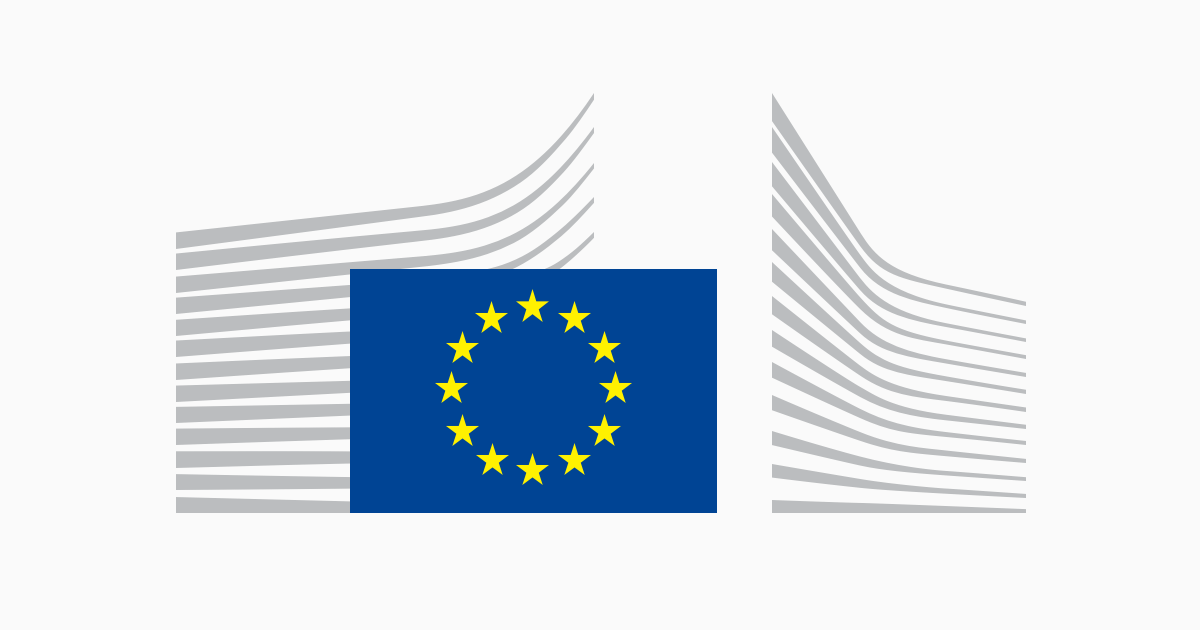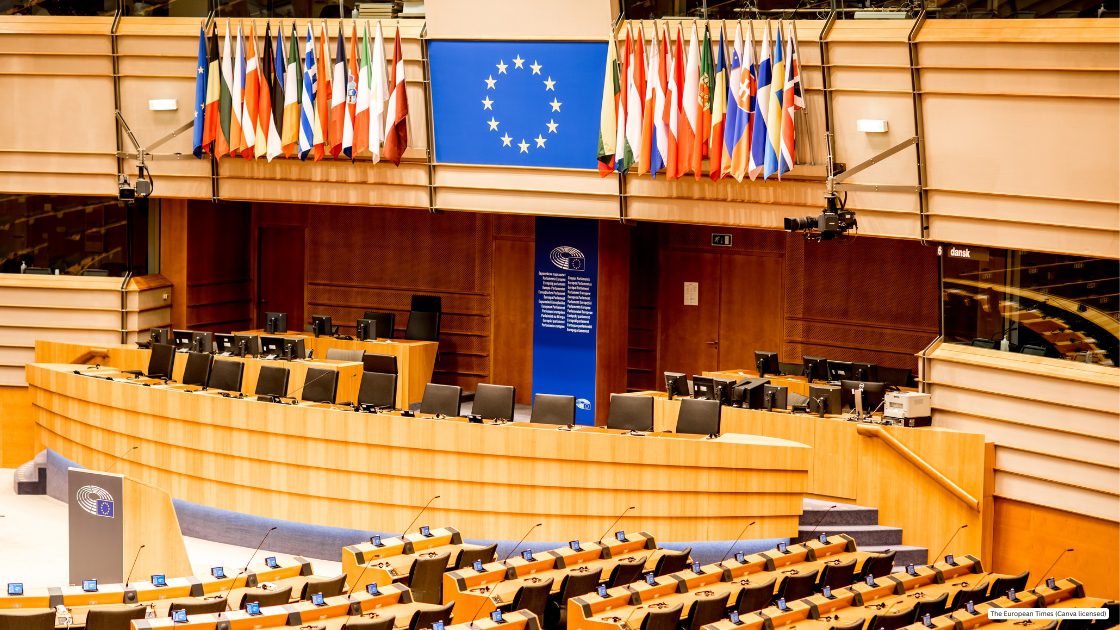Politics
New rules for better cross-border enforcement of traffic laws

The European Commission welcomes the Parliament and Council’s final adoption of the Directive to strengthen cross-border enforcement of road traffic rules.
While previous EU rules improved compliance with road safety regulations by non-resident drivers, a significant gap remains, with approximately 40% of cross-border offences going unpunished due to challenges in identifying offenders or enforcing fines. The newly adopted rules tackle these shortcomings by enhancing cooperation among Member States, streamlining offender identification, and facilitating fine enforcement.
Commissioner for Sustainable Transport and Tourism, Apostolos Tzitzikostas said: “Every year, more than 20,000 people die on Europe’s roads. To bring these unacceptable figures down, it is crucial to ensure a real deterrent effect through the enforcement of road traffic rules. Drivers must know that if they break the rules and endanger others, they will face the consequences of their actions, whether driving in their home country or abroad.”
Cooperation between national authorities will not only focus on the most common and serious offenses like speeding, drunk and drugged driving, but also on other hazardous behaviours:
- not keeping a safe distance from the vehicle in front;
- dangerous overtaking;
- dangerous parking or stopping;
- crossing one or more solid white lines;
- driving in the wrong direction;
- failing to respect the rules on the creation and use of emergency corridors or on giving way to emergency service vehicles;
- using an overloaded vehicle;
- not respecting the rules on road safety-related vehicle-access restrictions;
- hit-and-runs;
- not respecting the rules at railway level-crossings.
Member States will report on issues concerning offences committed by third country drivers. An IT portal will give citizens easy access to information on the road safety rules in place in each Member State, but also appeal procedures as well as fines applied, enforcement schemes and available means for payment of the fines.
Safeguards for the protection of personal data are reinforced through clear roles and tasks for national administrations in cross-border enforcement procedures, provisions on data security, clear deadlines and guidance on the language to be used when communicating with citizens.
Next steps
The new rules will be published in the Official Journal of the European Union (OJ) in the coming days. Member States will need to transpose them into national laws within two and a half years, following publication in the OJ.
Source link
Politics
safeguarding our ocean and economy

Speech by Christine Lagarde, President of the ECB, at the Blue Economy and Finance Forum in Monaco
Monaco, 7 June 2025
It is a pleasure to speak at the Blue Economy and Finance Forum.
In his 1857 poem “Man and the Sea”, Charles Baudelaire explored the deep kinship between the ocean and humanity.[[1] For Baudelaire, they were two forces drawn together by awe, fascination, and even conflict.
Today, that dynamic has taken on a new and troubling dimension. We rely on the ocean for climate stability and economic prosperity, yet we are fuelling a climate crisis that threatens to undermine the very system we depend on. We cannot let that happen.
Baudelaire described the sea as a “mirror” to the human soul. We now need to take a hard look in that mirror and ask ourselves: what can we do to stem the tide of this crisis, to safeguard our ocean and economy?
This morning’s two panel discussions will go a long way towards answering that question. But I would like to take this opportunity to open the plenary session with a few thoughts – about what is at stake, and what stakeholders can do about it.
The ocean’s importance for our climate and economy
The ocean is home to 95% of the planet’s biosphere.[[2] It spans environments as varied as sunlit coral reefs and pitch-black abyssal plains. And it supports an immense range of life, from countless microscopic organisms to the world’s largest animal, the blue whale.
Given the ocean’s richness, it is worth preserving in its own right. But its value does not end there – the ocean also benefits humanity in two vital ways.
First, it is one of the planet’s most powerful allies in the fight against climate change.
The ocean helps to regulate global temperatures by absorbing vast amounts of heat and redistributing it through major currents like the Gulf Stream. It is also the world’s largest carbon sink, reducing the amount of carbon dioxide in the atmosphere and helping to slow global warming.
The Intergovernmental Panel on Climate Change finds that the ocean has absorbed over 90% of the excess heat trapped in the earth’s system, as well as a third of the carbon dioxide that humans have emitted since the Industrial Revolution.[[3]
Second, a sustainable ocean serves as an important pillar supporting the global economy, providing for food security and economic opportunities.
Marine ecosystems support over three billion people who rely on fish for at least 20% of their animal protein intake. Indeed, this dependency is more pronounced in some of the least-developed countries, where seafood provides most of the animal protein consumed.[[4]
These ecosystems also help sustain employment opportunities. More than 150 million jobs depend on the production, trade and consumption of ocean-based goods and services, according to the United Nations.[[5] The ocean is also home to key natural resources, such as medicines and biofuels, which are vital for ongoing advances in healthcare and clean energy sectors.
So, there is a great deal at stake in preserving the ocean’s health.
The threat of climate change
But today we are placing the sustainability of our ocean under extraordinary stress, with serious implications for both our climate and economy.
Without the ocean’s capacity to absorb heat and carbon, we would have had to contend with a faster, even more dangerous pace of global warming. Yet there are now signs that this capacity is becoming strained.
The last ten years were the ocean’s warmest on record. Warmer oceans are driving more frequent marine heatwaves, which damage ecosystems, and have been a major contributor to rising sea levels due to the thermal expansion of seawater. The rate at which the global mean sea level is rising has more than doubled over the past three decades.[[6]
On top of this, the ocean’s absorption of carbon dioxide is driving acidification.
Combined with ocean warming, acidification is contributing to the bleaching and death of coral reefs, which are vital for supporting fisheries and protecting coastlines from storms. Since 2023 over 80% of the world’s coral reefs have been affected by bleaching.[[7]
We find ourselves in dangerous waters. Together, these changes could have profound consequences for the global economy.
Food security may be undermined, potentially leading to more volatile prices, which is a concern for central banks tasked with safeguarding price stability. And if coastal areas become unliveable due to rising sea levels or frequent flooding, people may be forced to move. More than 600 million people around the world live in coastal areas that are less than ten metres above sea level.[[8]
Stemming the tide
So, what can we do to stem the tide of these troubling developments? We may not be able to fully reverse the damage done, but we can work towards slowing its momentum, potentially even stopping it, by acting on two important fronts.
First, we need to protect. That means cutting greenhouse gas emissions decisively and keeping the goals of the Paris Agreement within reach.
If we succeed in doing so, we could limit sea level rise to around half a metre by the end of the century. That might not sound reassuring. But every tenth of a degree we avoid is a piece of coastline preserved, a reef protected or a storm surge weakened.
We also need to protect the natural systems that shield us from floods. Nature-based solutions – for instance, restoring mangroves, marshes and coral reefs – offer powerful, cost-effective defences against extreme weather. Coral reefs alone can reduce wave energy by an average of 97% while supporting fisheries, tourism and coastal livelihoods.[[9]
The second front is just as important: we need to prepare.
Whether we like it or not, climate-related risks are materialising. We need to adapt our infrastructure and economies to a more volatile world. That includes building sea walls and surge barriers and budgeting for resilience rather than reacting after disaster strikes.
Make no mistake: adaptation will be costly. According to UN assessments, costs could run into the hundreds of billions of dollars globally each year by mid-century.[[10] But the cost of inaction would be far higher. One study estimates that failing to keep global temperatures below two degrees above pre-industrial levels could lead to USD 14 trillion in global annual flood costs by 2100.[[11]
To meet this challenge, we need to catalyse finance for marine and coastal conservation – for instance, through innovative approaches that convert natural capital into financial capital.[[12]
This can be especially impactful for vulnerable countries with limited fiscal space. Above all, we must listen to the communities affected, treating their needs as a basis for our actions rather than an afterthought.
Let me conclude.
Baudelaire reminds us that the sea is a mirror of our own nature, which can either heal or harm.
So, let us choose to heal. That means nurturing the ocean’s rich diversity and facilitating finance to support innovative adaptation measures that build more resilient communities and a stronger global economy.
Thank you.
Politics
El Salvador: Statement by the Spokesperson on the Foreign Agents Law and recent developments

DISCLAIMER OPINIONS: The opinions of the authors or reproduced in the articles are the ones of those stating them and it is their own responsibility. Should you find any incorrections you can always contact the newsdesk to seek a correction or right of replay.
DISCLAIMER TRANSLATIONS: All articles in this site are published in English. The translated versions are done through an automated process known as neural translations. If in doubt, always refer to the original article. Thank you for understanding.
DISCLAIMER PHOTOS: We mostly used photos images that are readily available online, from free sources, or from the people promoting the news. If by any chance it happens that we have used one of your copyrighted photos, please do not hesitate to contact us and we will take it down without question. We do not make profits as this is a not for profit project to give voice to the voiceless while giving them a platform to be informed also of general news, and it is completely free.
Politics
Isabel Schnabel: Is inflation still global in a more fragmented world?

DISCLAIMER OPINIONS: The opinions of the authors or reproduced in the articles are the ones of those stating them and it is their own responsibility. Should you find any incorrections you can always contact the newsdesk to seek a correction or right of replay.
DISCLAIMER TRANSLATIONS: All articles in this site are published in English. The translated versions are done through an automated process known as neural translations. If in doubt, always refer to the original article. Thank you for understanding.
DISCLAIMER PHOTOS: We mostly used photos images that are readily available online, from free sources, or from the people promoting the news. If by any chance it happens that we have used one of your copyrighted photos, please do not hesitate to contact us and we will take it down without question. We do not make profits as this is a not for profit project to give voice to the voiceless while giving them a platform to be informed also of general news, and it is completely free.
-
EU & the World6 days ago
Aurora Borealis Forecast: Where & When to See the Northern Lights Tonight
-

 Sports7 days ago
Sports7 days agoOfficial: Damien Comolli new general manager of Juventus.
-

 Sports6 days ago
Sports6 days agoManuel Locatelli forced to leave Italy's training camp
-

 Sports7 days ago
Sports7 days agoSimon Yates wins Giro d’Italia 2025: final stage goes to Kooij
-

 Sports7 days ago
Sports7 days agoRoland Garros, Carlos Alcaraz beats Ben Shelton and goes into quarterfinals
-

 Politics6 days ago
Politics6 days agoKazakhstan to get EIB Global support for energy-efficient homes
-

 Sports7 days ago
Sports7 days agoAcerbi responds to Spalletti: “I’m not staying where I’m not wanted”
-

 Politics6 days ago
Politics6 days agoEU and UAE Deepen Strategic Ties as Fourth High-Level Political Dialogue Concludes in Abu Dhabi








